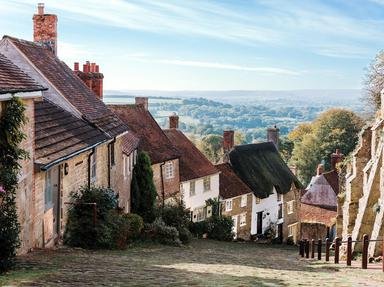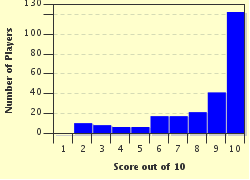Quiz Answer Key and Fun Facts
1. England and Australia play what is generally a five-match cricket series. By what name is this series generally known?
2. One of the items on my bucket list is to visit Poet's Corner. Where would I go to see this place?
3. The bones of Richard III were discovered in 2015 buried under a parking lot near his last battle at Bosworth. In what city were his bones found?
4. In 1926 a famous female mystery writer saw her marriage fail, causing her to enter a period of severe depression. She disappeared for eleven days and many thought she had committed suicide. A nationwide search ensued and she was finally found at the Swan Hotel in the small North Yorkshire spa town of Harrogate. Who was this writer?
5. In November, towns and cities throughout England build bonfires of waste material on what is sometimes referred to as "Bonfire Night", although another term is also used. What is the origin of Bonfire Night?
6. Some London homes display a blue plaque on the outside of the home. What is the meaning of the blue plaque?
7. One of the most famous horse racing events in England is the Grand National Steeplechase held at a racetrack near Liverpool. What is the name of the track?
8. A famous statue near the Westminster Palace (House of Parliament building) shows an English queen going into battle on a chariot against invaders. What is the name of the queen?
9. This Yorkshire city was once England's primary centre for steel production. If you don't know the answer off the top of your head, you might remember that the decline of British steel manufacturing was an issue in a popular 1997 movie. What is the city?
10. Residents of which large English city are often called "Geordies"?
Source: Author
SixShutouts66
This quiz was reviewed by FunTrivia editor
stedman before going online.
Any errors found in FunTrivia content are routinely corrected through our feedback system.

